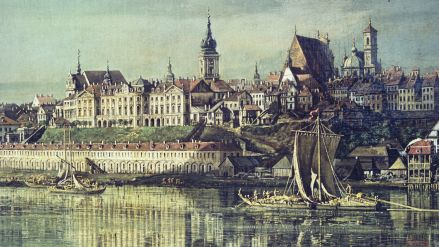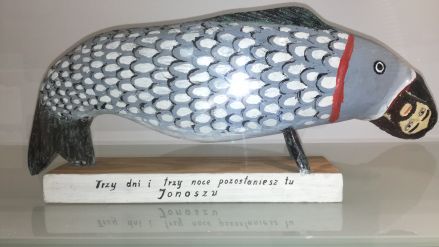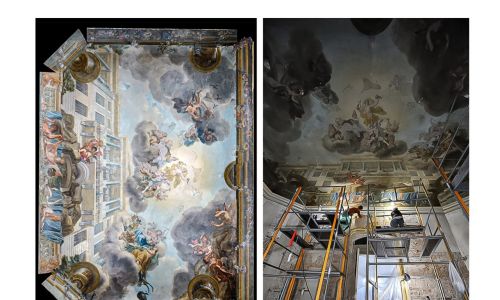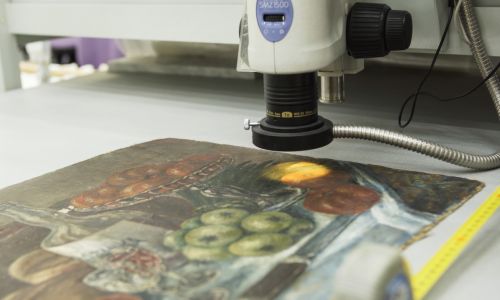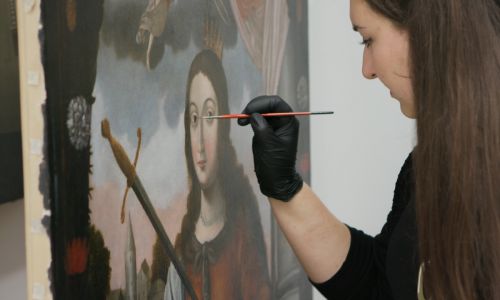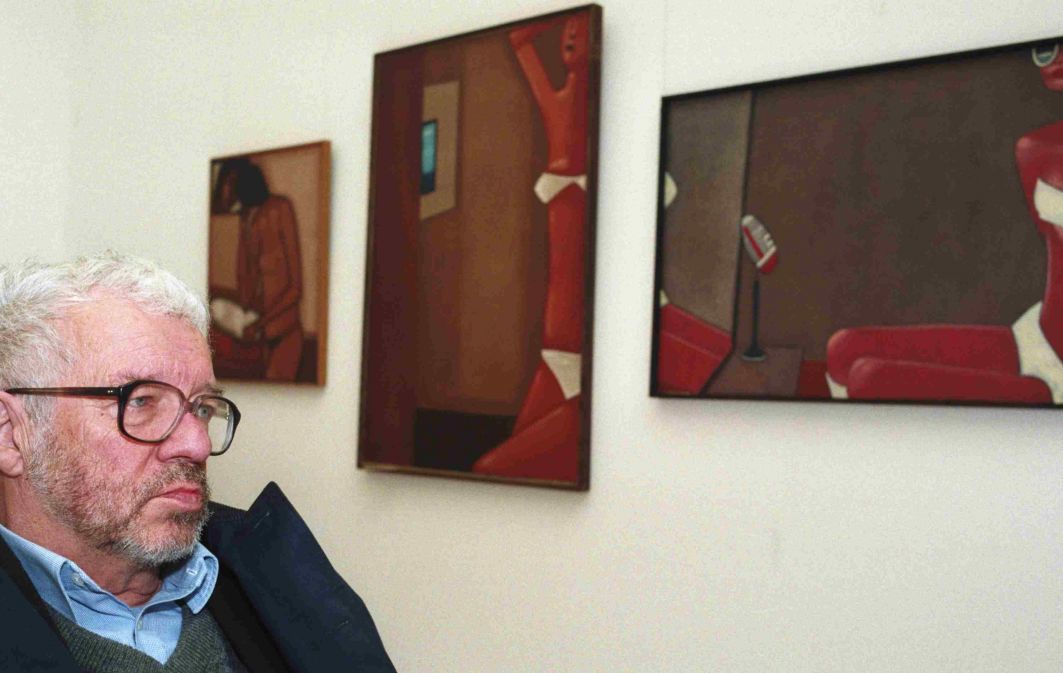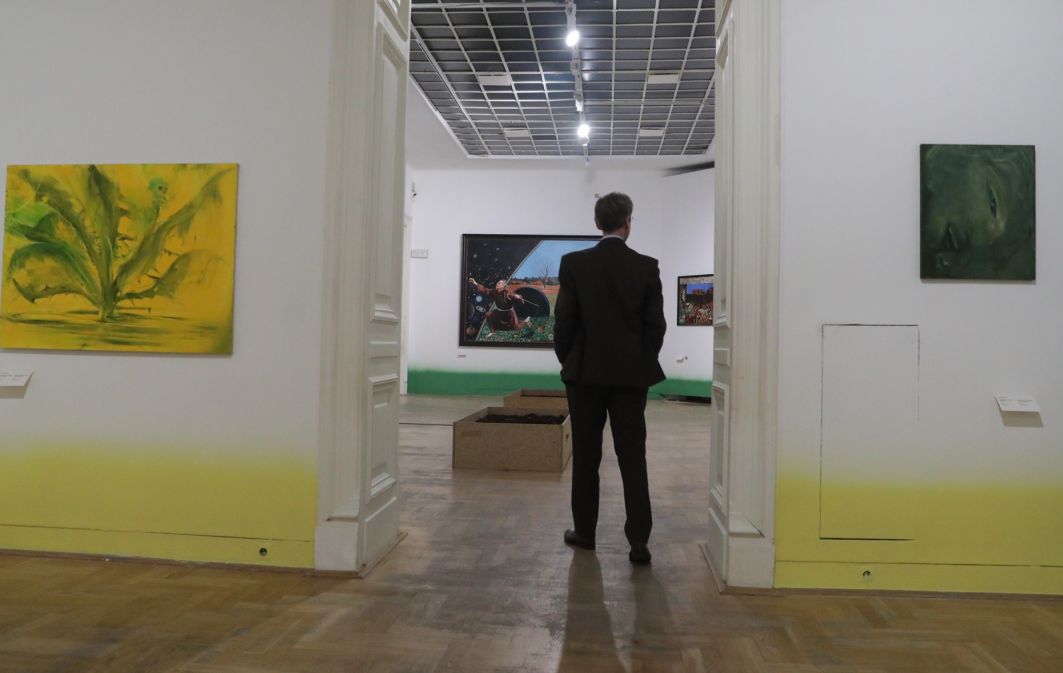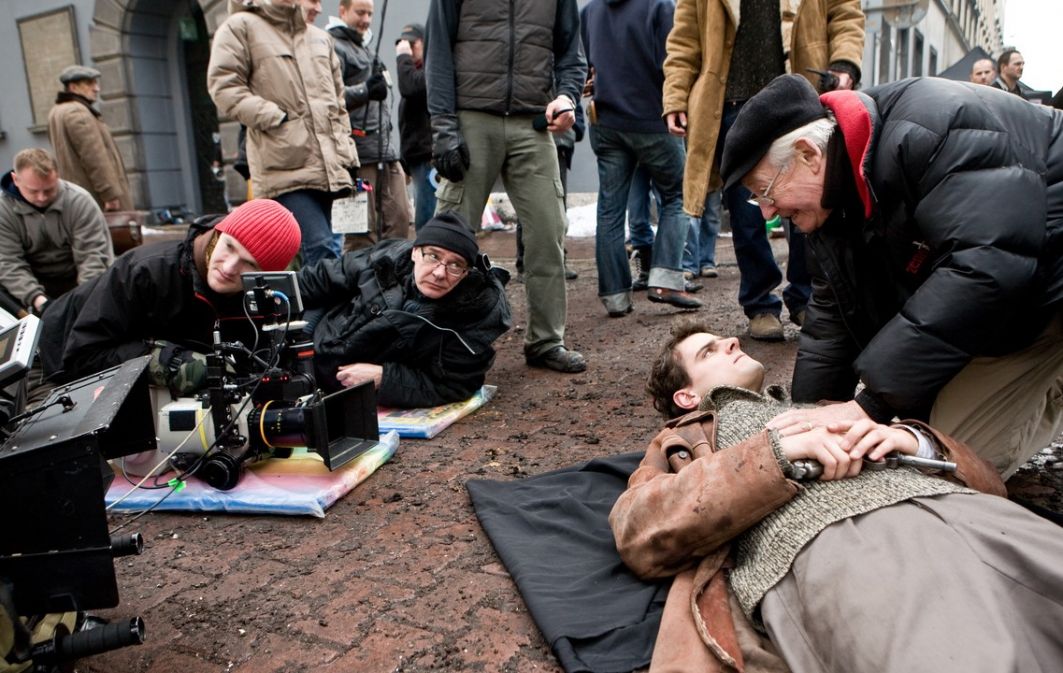In renovating works significant not just for their artistic value but also for their importance as items of cultural heritage, a vital decision that can arise is whether to reconstruct them as they were originally or to enhance their preservation/restoration through the use of new technologies, techniques and raw materials. Often sponsors and donors insist on applying the kind of "improvements" modern consumers, accustomed to interactivity and the contemporary display of antique objects might expect.
Of course, the older type of museum, where you were not allowed to touch anything, had to speak in whispers and put slippers over your shoes, would not stand a chance today when it comes to setting attendance records. Consumers demand that art works be attractively and accessibly displayed. Even the most wonderful works now require a specialized setting, well-thought-out arrangements and a whole range of activities that meet the visual and information needs of the viewing public.
Small wonder therefore that Professor Monika Jadzińska, the current dean of the Faculty of Conservation and Restoration of Works of Art, and her team did their utmost to enhance the experience for those visiting the 75th anniversary exhibition. Both the curator and her colleagues rose to the challenge, making it a great event!
The exhibition begins in the courtyard of the Academy of Fine Arts, where the sculptures of conservation students are on display. Further on, in ten rooms of the Czapski Palace, visitors can see selected exhibits of old and contemporary art, saved by teachers and students of the Warsaw Academy of Fine Arts. To illustrate the scale of the difficulties faced and the restorative skills entailed, photos from the pre-renovation period are mounted alongside the renovated works.
Simply to get an idea of, for example, how the conservation of a certain portrait -- delivered to professionals in a terrible condition, but of a high emotional value to the owner -- was done, consider this list of the different stages of the work: “The technique and technology of the painting were identified and the cause of its catastrophic damage was determined. Conducted, inter alia, disinfection, stabilization of the pH of the canvas as well as Differential Scanning Calorimetry (DSC), thanks to which the softening point of the stratigraphic layers of the image was determined. The biggest challenge was the perfect execution of the imitative retouching of the painting layers. It was made in layers using watercolors that were covered with oil-resin”.
Work continues
I do not undertake to explain specific treatments used in the process. However, I saw the result of these activities and I can assure you that the portrait looks intact. Workshops are nowadays the norm for exhibitions, just like curatorial or proprietary tours. That these forms work is attested by the fact that they have so many participants.
Back to the Czapski Palace exhibition halls and such key departmental "founding fathers" as professors Bohdan Marconi, Michał Walicki, Edward Kokoszko. Professor Marconi, a versatile intellectual and an excellent specialist, even appeared… in spirit. One of the rooms featured his favorite armchair covered with flowery fabric, in which he used to read and relax after work. Viewing it, one can imagine that the professor is about to enter, light his pipe and sit down to read.
This type of treatment serves to introduce the show, helping the viewer become acquainted with a difficult, complex topic. How students gain their knowledge and skills can be seen thanks to film registrations. But there is more. One of the rooms features workstations where conservation practitioners focus on their work undistracted by the audience.
I approached a young man who was busy copying a putto [a toddler winged angel]. "Isnt’t it boring here without friends?," I asked. He looked at me surprised. After all, it is a fascinating occupation!
- By Monika Małkowska
TVP WEEKLY. Editorial team and journalists
– Translated by Agnieszka Rakoczy
Exhibition "Art forever ...? " at the Czapski Palace, located in the Academy of Fine Arts in Warsaw, Krakowskie Przedmieście 5) will be open until November 12, 2022.
The media patron of the exhibition is TVP Kultura.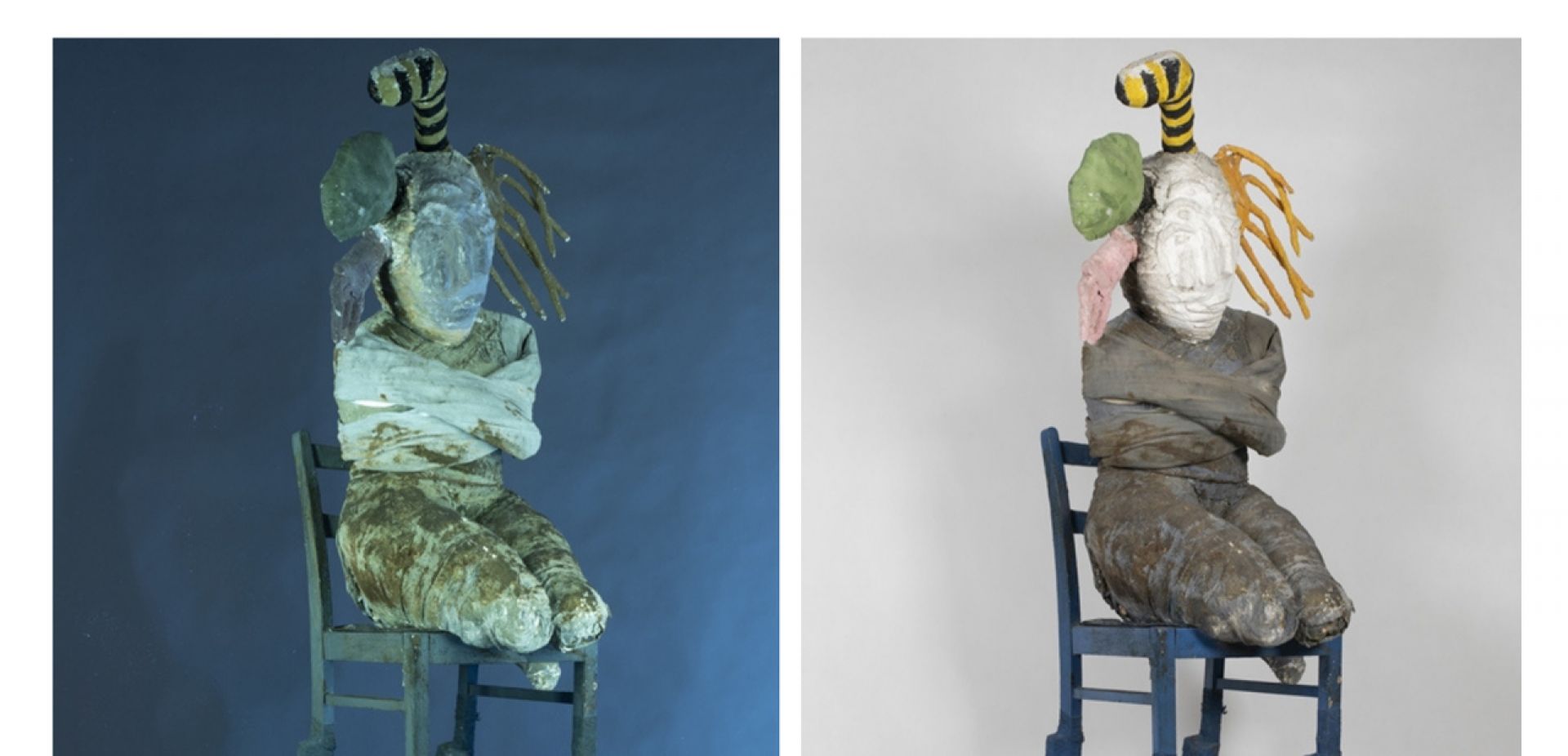
 SIGN UP TO OUR PAGE
SIGN UP TO OUR PAGE 
